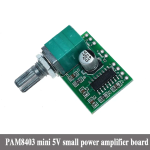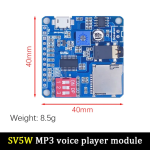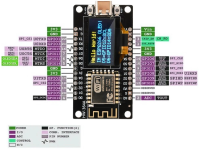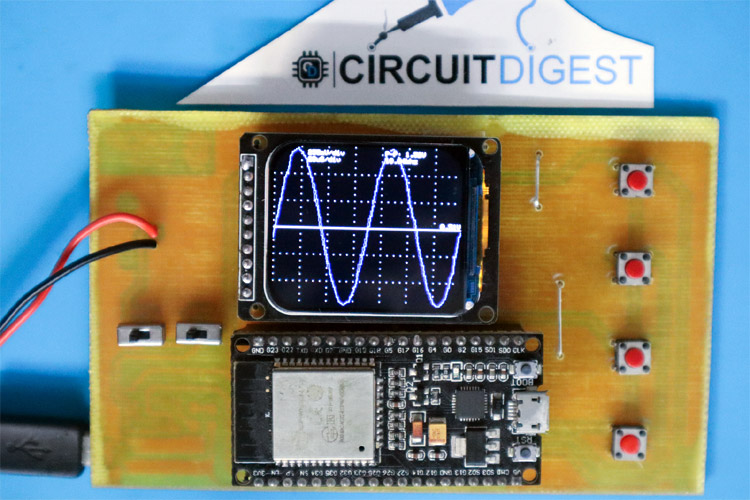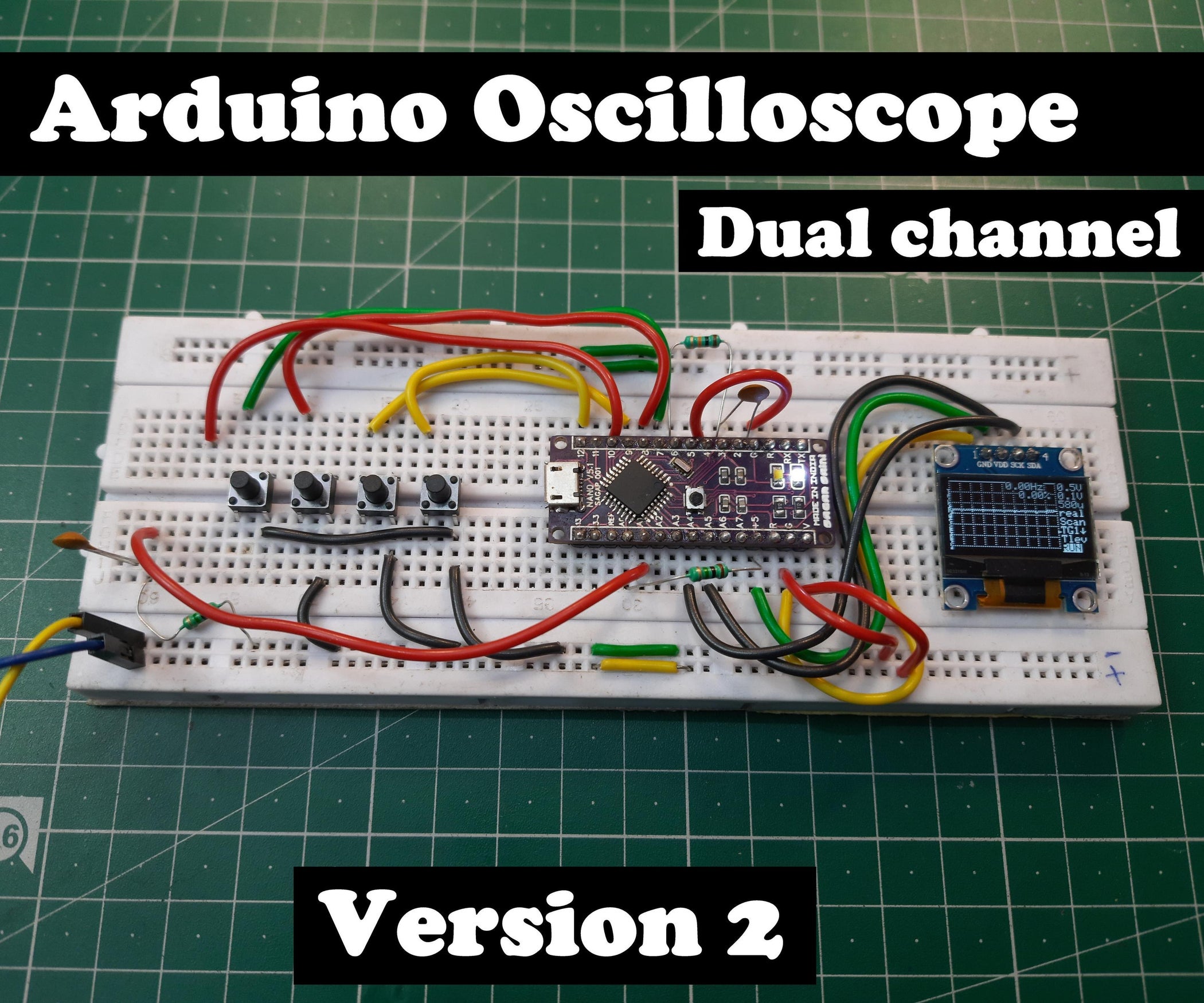( I'm putting this update post on my forum-disappearance here in the wolfy project thread as it is more relevant to it than any other, and didn't want to make a thread just for the one post. It is lengthy, but I spent a few days working this out before coming back here to post it, and more time trying to condense it down once I posted it here before actually submitting it--I just couldn't cut out any more so I tried to arrange it by importance to other people's likely reading order vs what was important to me.)
I'm still taking a break from the forum (more or less from the world in general, except for my dayjob I can't avoid), to de-stress and have more time to concentrate on trying to learn the things needed to move forward with this specific project. I have no idea how long this break will be, but until I get sufficiently far with the project, and other things get easier/better, I probably just won't have time or energy to be here except for infrequent updates to this thread, if I ever learn enough to do what's needed.
The original reason for starting the break was someone pointing out my inability to see that my behavior was wrong (being autistic on top of eternally exhausted doesn't make this easy) so I decided to walk away until I could figure out what I did wrong, and how to avoid it in the future, since it's not the first time I've offended and had no idea what I did wrong. I still have no idea how to do that, but after a few days I also realized I had other reasons to keep myself away (see the section below), and then shortly after that I was handed another mess by fate (see the section after the one below):
I still suck at figuring out the Arduino IDE programming environment (it's very badly designed if it can even *have* the problems that it does in letting people like me figure it out--i'm not a complete newbie, and I understand the basics, but the software is almost deliberately designed to make it as hard as possible to set things up and to fix issues, especially with dependencies--if even one little thing is wrong there it can take weeks or months to fix it because there is NO way to see all these things all at once, no one place for all settings, etc, and NO way to just point it at a folder that you KNOW has EVERYTHING in it, and let it figure it out, or globally change paths, etc).
I still don't yet know how to generate an accelerometer dataset that might be useful for someone (RideOn, etc) to see the generated data by the system from specific movements, and use that to create some form of software that would coordinate that into "responses" (and no idea how to do that myself--guessing at this rate it would take decades for me to learn on my own). (I also don't really know how the dataset will help, but I don't really need to know that, I guess--i just have to generate it...but by the time I figure out how to do that, I might as well just do the whole thing by myself so I don't have to do work that doesn't make sense in the context of the project).
This whole thing is very frustrating, because I know what the system as a whole needs to do, and what various subsystems need to do, and even how to build much of the hardware...but while I know the general blocking of what kind of coding needs to be done, I don't know how to code things to run that hardware or do the work the subsystems need...yet I also can see it shouldn't be that hard if I did know coding, and had the brain type that can do that stuff. If I could have a coding AI read my mind and take it from there, it would be great. :/ I apparently can't communicate with actual programmers; we just don't understand each other, so I don't know that any other method than some noob-calibrated AI will ever help..
The only "gratifying" parts of the project have been physically working with sculpting molds to cast various parts with, or reworking the prototype wolfy's face and paw coverings and shapes, etc., as those I can do whenever I can physically just manipulate things while laying or sitting there, and I hardly have to be able to think to do those, and I am usually left with some sense of accomplishment, instead of just deeper and deeper frustration that the coding and/or learning-software attempts always do. I should take some pics of the in-progress molds and the present prototype state and post them here for future reference. (I did attach some pics of the Schmoo; see below for context).
I'm also dealing with JellyBeanThePerfectlyNormalSchmoo's recent health issues, and this is much more stressful than with previous dogs because of what I went thru with some of those (especially Teddy).
The schmoo started having (still unexplained) grand-mal seizures some weeks back. They are complex (like Teddy's) in that they are multistage, and could also be cluster type (which can be very dangerous or even fatal as they were with Teddy, after she kept having them continuously for days).
The day of the first seizure the (expensive) emergency vet visit at First Pet to help figure that out didn't turn up anything useful (other than that it isn't valley fever, but everything else tested was inconclusive). Almost a week later while waiting on more info from the vet, she had another one, and then another half a day later, but I couldn't get the vet staff to let me talk to the vet to get the anti-seizure meds prescribed that she had said she would do if there were more seizures, and had to get the rescue (who are more used to dealing with these issues) to call and get this done, since the schmoo's seizures were happeing more and more frequently, from days apart down to just hours, and that's usually serious....
(....but the vet staff was just telling me i'd need to first go visit four different places (which I'd need referrals from the vet to go to, but I had no referrals yet, so couldn't go even if I had the time to do all this, waiting who knows how many days or weeks to get appointments, etc, instead of just watching JellyBean die of siezures within days or even hours. To talk to the vet they said I'd need to come all they way in just to have a non-emergency appointment and setup a totally new separate "account" for primary care vs emergency care, and then set up an apointment *after that* to start working on getting stuff done that might lead to getting a prescription to help with her ongoing seizures.
I gave up and hung up and called a different vet (Alta Vista) that was the only other one I trusted (not many are trustable anymore, and most around here nowadays can apparenly take weeks or months to even get an appointment, if they are even taking new patients), and they said they had an appointment slot available but refused to schedule us because she was having ongoing seizures, and said I had to resolve that first--what the frock do they think I'm trying to DO!!???? So I marked that vet off my list as frocking useless, and never to try to go there again (they were the ones that had saved Tiny first from her seizures, and later from Myasthenia Gravis, and a few other related problems along the way, so it was a shame they didn't actually want to be vets anymore and help dogs in need of care).
That left First Pet (the one I'd had to hang up on) as the only other trusted vet I knew of, so I contacted the rescue to see if they knew of another after I explained the above, and that's when they talked to them instead....)
So a quarter of that day later, the rescue let me know the vet had called in a prescription to a place I could get to easily and quickly, and a quarter of the day after that the pharmacy had it ready so I could go get it...coming home just as she had yet another seizure. But since starting the meds, she hasn't had another one. It has taken her more than a couple of weeks to get used to the meds enough to not be totally stoned all day, and she is sort of back to normal.
But on our first regular checkup visit after all that, while doing a belly ultrasound to see if there was any potential cause visible there, the vet thought she saw pyometria, so all the other stuff she was going to check got put off and that had to be dealt with by (very expensive) emergency surgery. It was going to take hours to prep her and get the surgery team ready, and I was totally exhausted since I'd had to work most of the day first before going to the vet and was too worried and stressed out to even rest or eat/drink all that time, so I had to go home and wait, since recovery would be at the vet's overnight anyway and I couldn't stay there for all that time. The surgeon called me just before the surgery started after they'd prepped her and sedated her, and said he'd just done another US to verify what he was going to need to do in there, and said he did not see pyometria, etc., but asked if I wanted to go ahead with a spay anyway to prevent the possibility of pyometria in future, and since she was already prepped, sedated, etc., I had htem go ahead, since it wouldn't cost much more to do that and less than the emergency pyo surgery, and they also would do the "tummy tack" to help prevent bloat in future as well since that's in the same area and wouldn't add much to the already high cost.
So now she's almost a couple weeks into recovery from all that, and due to go back in MOnday for recheck...and then we can continue figuring out what might be causing the seizures (even though they're presently under control, if it's not just late-onset epilepsy like with Tiny or Teddy, there are numerous other serious things that can cause it that might be treatable if detected soon enough).
I don't usually get much sleep anyway, even though for years now (especially after I lost Kirin and then Yogi, but even before that it really started downhill after the fire) I have had to spend almost all the time I am not at work laying in bed (even if using the computer for various things) trying to at least physically rest (and doze and wake repeatedly) to have enough energy to get up each workday to go earn a living. Since the above mess started, I can't run the white noise to block all the sounds out so I can stay asleep whenever I manage to get there (until whatever nightmare wakes me), because i need to hear if she is having problems to help if I can. So every little sound wakes me whenever I do doze off (which is why I've always used the white noise) and there are LOTS of little noises, all the time. I also have to wake up to the various alarms to give her her meds on time, so that's another interruption to whatever sleep I might get. Eventually after a week or three, exhaustion catches up with me and I sleep like the dead for a couple to few hours, then wake/doze/wake/doze until it's time to get up for work again.... (that part isn't new either, it's just altered-pattern from before).
Anyway, with even less sleep than before, I have even less time, energy, and brainpower to do anything useful, so what I have has to be spent on the things I *have* to do for myself (that no one else can or else will do), and I have to be selfish now and just do what *I* need to do instead of what everyone else wants or needs, since I don't have someone like me to help me with all that...just myself and there's not enough left of me to go around even for that.

I would really like to have at least some version of the responsive wolfy working when I lose JellyBean, which will happen eventually no matter what happens with the current situation, since I don't have any other dogs and am not entirely sure it's a good idea to get another (I certainly want to...but I am so worn-out I don't know that I can provide one the attention it would deserve, and it's very unlikely I'll find another Kirin that just wants to just be there with me, and nothing else....the whole point of the wolfy project is to *make* a "dog" that would be exactly that, that won't get sick or suddenly die, etc, and could be "backed up" so even a total hardware failure could still be worked around by restoring to a new set of hardware).
If you made it thru all that, congratulations and apologies....
 so I split them up in to more than one post below:
so I split them up in to more than one post below:



